When The Cochrane review recently did an overview of all the trials it’s covered in the past for long-term pain, it found that strength building, endurance, and range of motion exercises could have an impact on moderate pain. Few participants reported any harm, but many experienced improvements in their physical function and quality of life
Runner’s High
There is no miracle therapy for pain, regardless of how much you need one, but find the right kind of exercise for your unique condition, and you have an excellent chance of improving your symptoms. Increased blood flow to the pain site can even promote healing, but that exercise high might be even more potent. Endorphins are nature’s painkiller, and exercise raises these levels.
Muscles and Pain
If your condition involves muscle spasms—and many do—the right form of training can release them. Core muscle strengthening exercises are important for post-operative care and stubborn injuries. They’re also far easier to do than you might imagine and are useful for those who can’t manage anaerobic workouts.
If your pain causes anxiety, or if your anxiety worsens your pain, some kinds of exercise can teach you mindfulness, which is a powerful tool to add to your coping kit. Yoga performs well in trials for patients with Complex Regional Pain Syndrome, but it’s even better as a cognitive behavioral tool to help you stay present—an important skill for any Complex Regional Pain Syndrome patient.
Getting Started
Your physiotherapist will have an arsenal of evidence-based exercises for your condition. Strength training is best reserved for supervised exercise as it can cause further injury. Your surgeon or specialist will be able to recommend a program that suits your body and fitness level.
You will most likely feel soreness or discomfort at first with any exercise program as your muscles become used to stretching and strengthening. Breathe through the pain, and if you are concerned about the pain level you experience while exercising, speak up. We may be able to adjust the exercise. However, don’t quit!
The major exception to the rule that exercise helps reduce pain: if you are recovering from an injury and/or if your doctor prescribes rest. There is, after all, a difference between healing and strengthening. Both are important elements of recovery.

Responsible Pain Management
Same-day appointments available!

